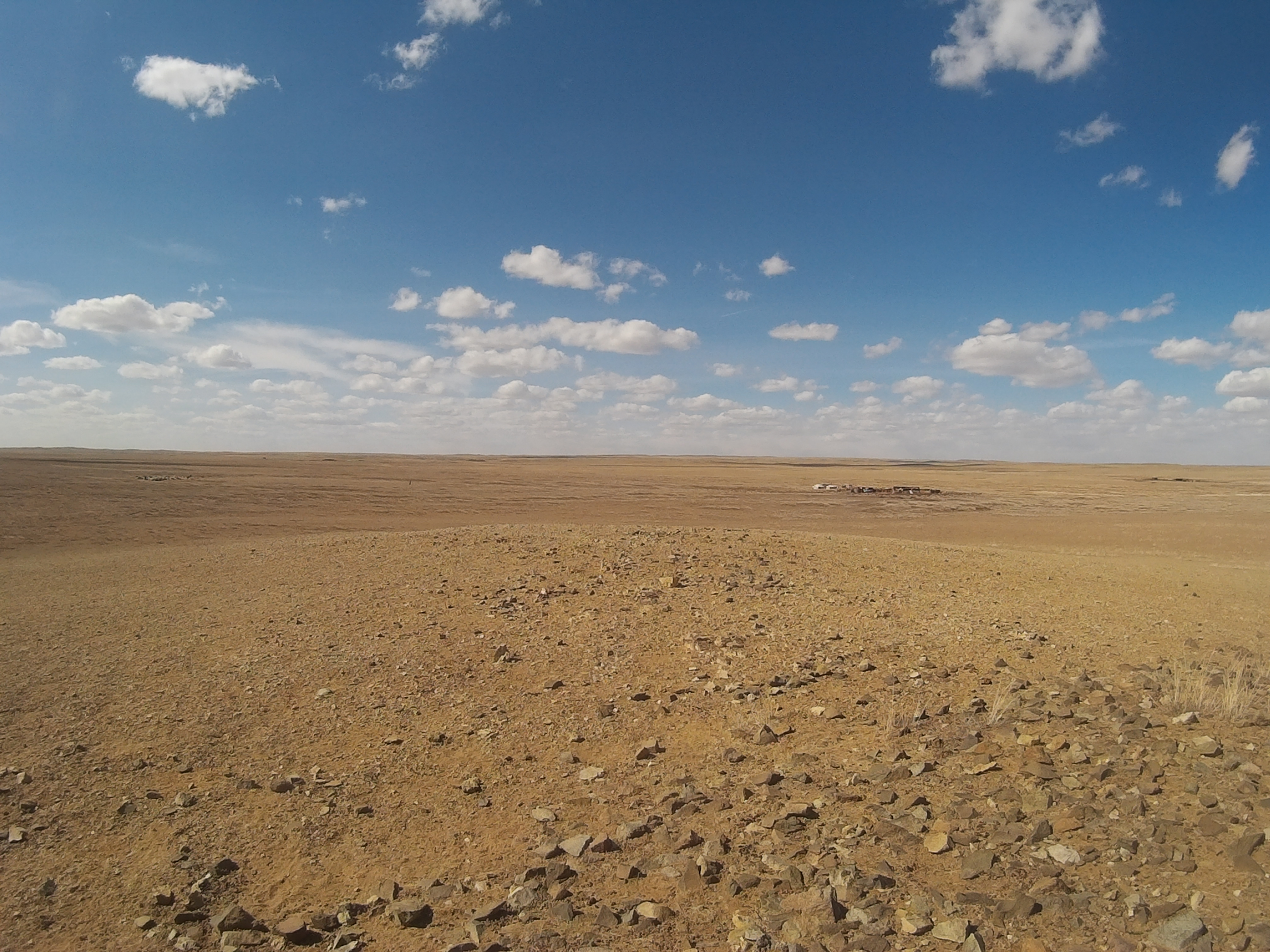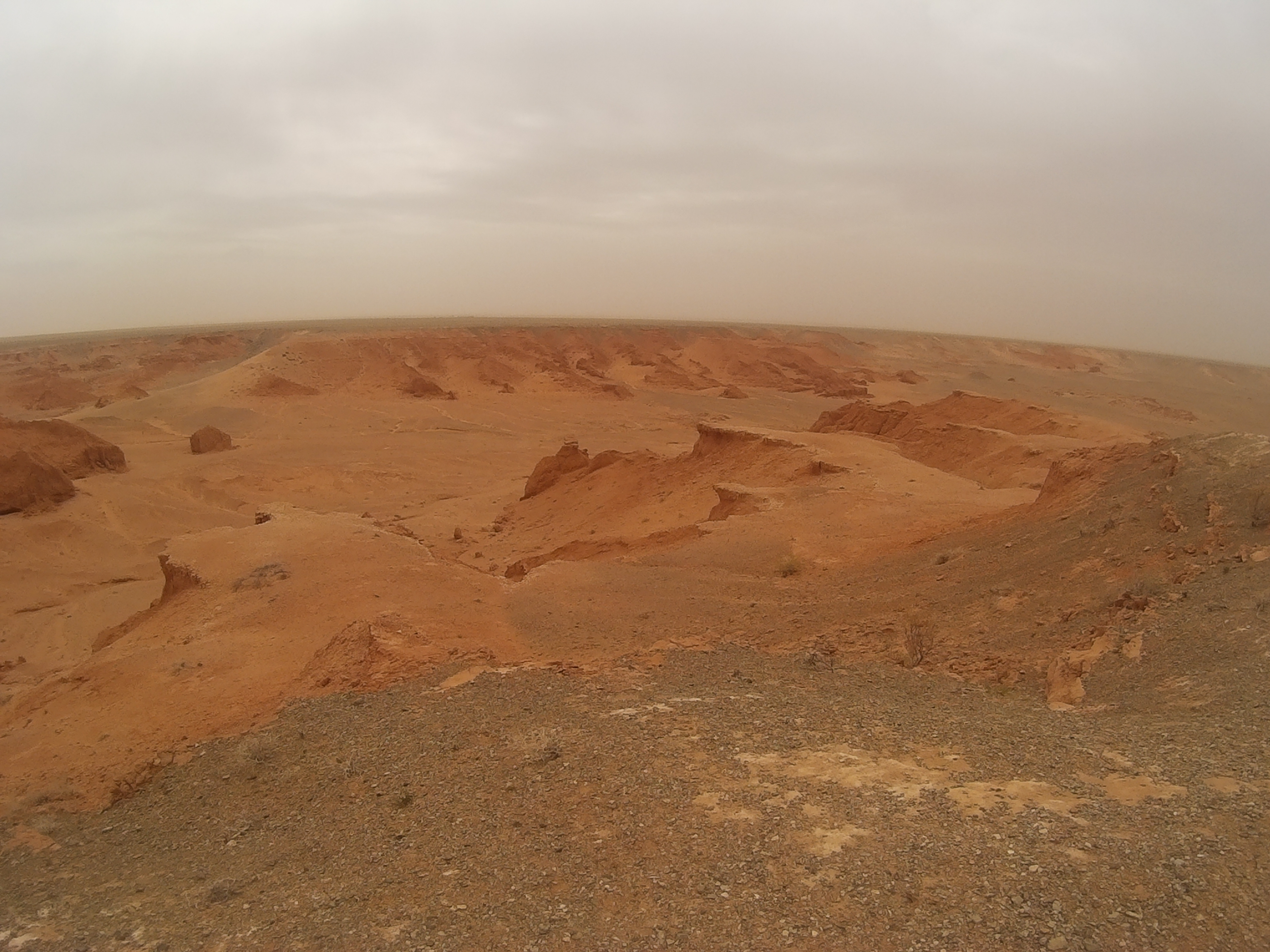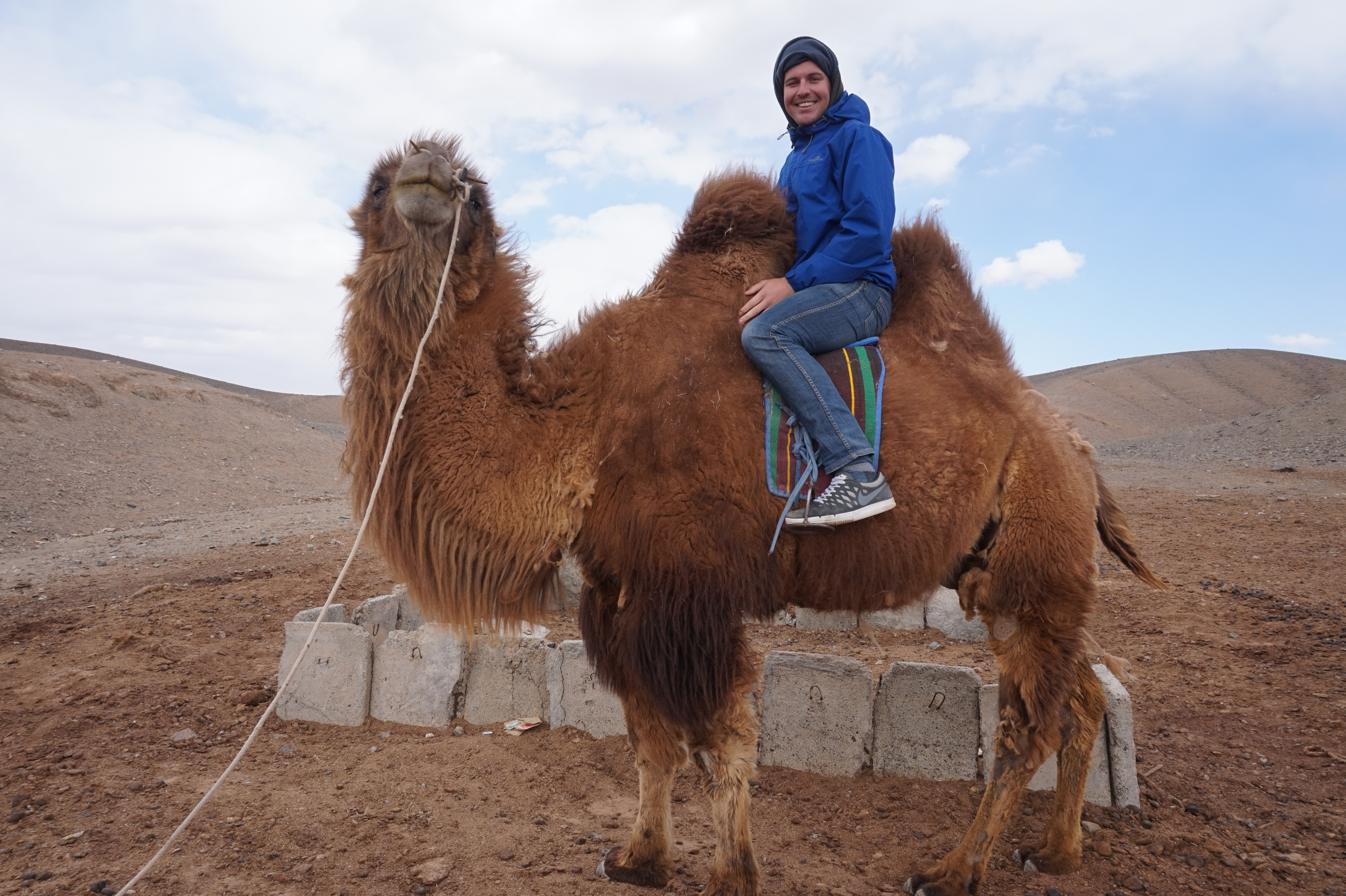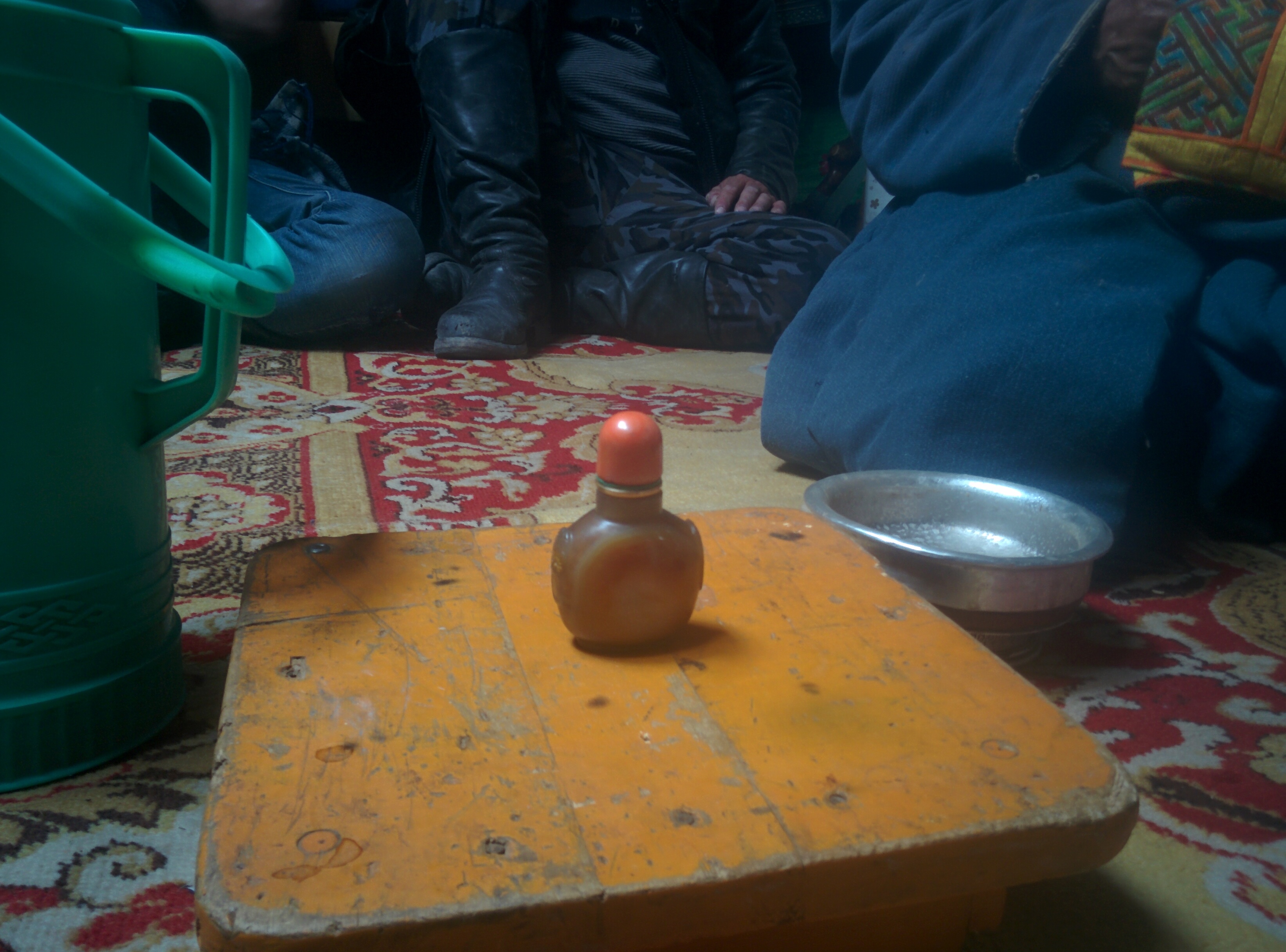Mongolia: The Gobi Desert, Part 1
Upon arriving back to Ulaanbaatar from Kharkorin, I still had over week to go until I got my passport back from Legend Tours with my visa, clearing me to head off to Russia on the Trans-Siberian train. This meant I had loads of time to check out more of the Mongolian desert life. Fortunately, my friend Karen, who I’d met on my trip to North Korea, was also heading into Mongolia the next day along with her sister, Annika. After some deliberating, we organised to take a 7 day tour of the Gobi desert and Terelj national park.

Whilst not cheap, the price of the tour was fairly reasonable for what we were getting. We organised it through Sunpath, the hostel I’d stayed with previously and met Karen and Annika at. The tour was to go for 6 nights and 7 days, and included our own car, driver, English speaking guide, entrance fees to the national park, accommodation costs at gers where we’d stay with families, three meals a day and water. The only thing we had to foot the cost of was additional snacks and vodka. The total cost was $385 USD per person which broke down to $55 a day. You can hire only a car with driver for $35 a day, but the additional costs incurred added up fairly close to the all inclusive price anyway so we elected for the guided option. The difference would be made up by a guide who could translate for us and give us more background information about the places we visited.

We left the next morning in this bad ass Russian van, a Purgan, or UAZ. Most tours use these as their steed of choice; they’re pretty indestructible. All the vans are owned independently by the drivers which means they have a personal interest in keeping them well maintained.

We spent a couple of hours on paved road getting out of the capital but soon swung on to uncharted territory in the direction of our first ger. There are pre-worn tracks along a lot of the route we covered but that didn’t mean I wasn’t reminded every couple of seconds of the damage done to my hind by the unforgiving saddle on that horse a few days ago. If you suffer easily from motion sickness you’re in for a fun time! Naaaaaahhhht

Our guide, Bilguun, was clued up in the subject of Mongolian nomad life. When we stopped for a piss break and to have a gander at the Khairkhan mountains he explained how nomad’s animals pretty much just roam free and sometimes are hard to find. When needed, the nomads head round to other gers and ask their mates if anyone has seen their horses / bulls / goats. He also explained that the Mongolians have great eyesight for spotting things far away; even though we were seemingly in the middle of no man’s land we were probably being scoped out by someone from a distance.

Our first ger in the middle Gobi. Most gers now have a solar panel or two which provide enough power to charge a car battery, which in turn powers a phone and maybe a small television or radio to be used for an hour or so every day. When we left in the morning the lady put milk on the tyres of our van. Bilguun explained this is for good luck on the journey. In the past the milk was put on the stirrups of the horse (and still is, when applicable).

You spend a lot of time on a Gobi tour driving through nothing. In return, you get hours upon hours of unspoiled views. Sleep isn’t really an option unless, like Bilguun, you can sleep whilst being thrown up, down and side to side like a roller-coaster. I’ve got no idea how he does it; even our driver looked over at him every few seconds in amazement.



These are the flaming cliffs. It’s quite a sight to behold. It was windy as all buggery when we were there so the weather wasn’t perfect but unpredictable weather is what you get when you travel through the Mongolian desert, especially in low season. The flaming cliffs are actually where the first dinosaur bones and eggs were discovered. We stayed at a ger camp close by which had some bones on display as a dinosaur…



All over the desert you see these little, or sometimes huge, piles of rocks with cloth intertwined between them. They’re shrines. People place rocks on them in for religious reasons and to bring good luck, especially for the journey ahead. The ritual involves circling the shrine three times while you place three rocks.

Something I noticed during our 5 or so hours driving each day was the constant change of terrain. It’ll be smooth and rocky, then 5 minutes later it’s sandy, then next you’ll be thrown into the roof of the van for the next 15 minutes whilst you hurl through land that resembles a trodden minefield. You’ll get four seasons in one day, also; windy in the morning, snow at lunch, then burning sun come afternoon before heavy rainfall at night.

These are the Khongor sand dunes. We climbed up to the top of them which was loads of fun. Once we got to the top we were rewarded by wicked views all round. Well worth it.





Included in the tour was the chance to ride a camel. They were very timid and just followed the one in front of them but it was still a cool experience.


It’s not exactly unheard of for powder to be making its way up nostrils at parties I’ve frequented in the western world, but I wasn’t expecting to be offered a line by a mid 60’s gentleman in the Gobi desert. When you arrive at a ger to stay the night it is traditional for the man of the house to offer this sniffing tobacco to his guests. This is passed to you by the right hand and must be accepted by the right hand also. Apparently monks get right into this. The chap also busted out a bottle of vodka which was dished out in silver bowls (with the right hand) and promptly disappeared in about 20 minutes before he announced he was off to drive to the village and sell some cashmere.



As I mentioned in a previous post, one of the greatest aspects of travelling through the countryside in Mongolia is the chance to see so many animals just doing their thing in their natural habitat. Some of the animals I’ve seen include horses, yaks, cows, goats, camels, eagles, ravens, lizards, gazelles, hamsters and vultures. I’ve also sighted several times this animal which looks like a cross between a ferret and a rabbit. I’ve no idea what it is, but it looks cute as fuck although it’s most likely a rodent. One other thing we were made aware of is the presence of ticks, which you have to watch out for.


This is a school we came across in a small village in the middle of nowhere. School is optional in Mongolia, which might not come as much of a surprise when you consider how far out a good chunk of the population live. These villages also serve as logistical hubs for nomads living in the area. People consolidate on things needed to go to or come from cities.

We visited the Ice Valley (Yol) which is a river around 2,000 meters above sea level that freezes over in the winter but still never completely thaws in the hot summer due to cover from the mountains. It was still thawing when we visited, meaning we could walk along it for a couple of kilometres before I promptly put my foot through the ice, signalling the turn around point. There are a number of birds to be spotted in the vicinity, including vultures circling above.




To save this post from becoming too big, I’ve split it in to two. The other half will be up soon! Thanks for reading.
Damo

Fab post – I’ll look out for part two! I am heading to Mongolia late July to volunteer on a ranch but want to spend a week or two exploring first. Would you recommend this tour and Sunpath hostel? Thanks, Harriet
Hi Harriet, thanks for the comments! Would definitely recommend Sunpath
I would recommend getting a group of around 4-5 people together, as 6 may crowd the van. That way the price will come down too! Good luck with the ranch work, you’ll have a blast 🙂
Perfect – thanks so much!